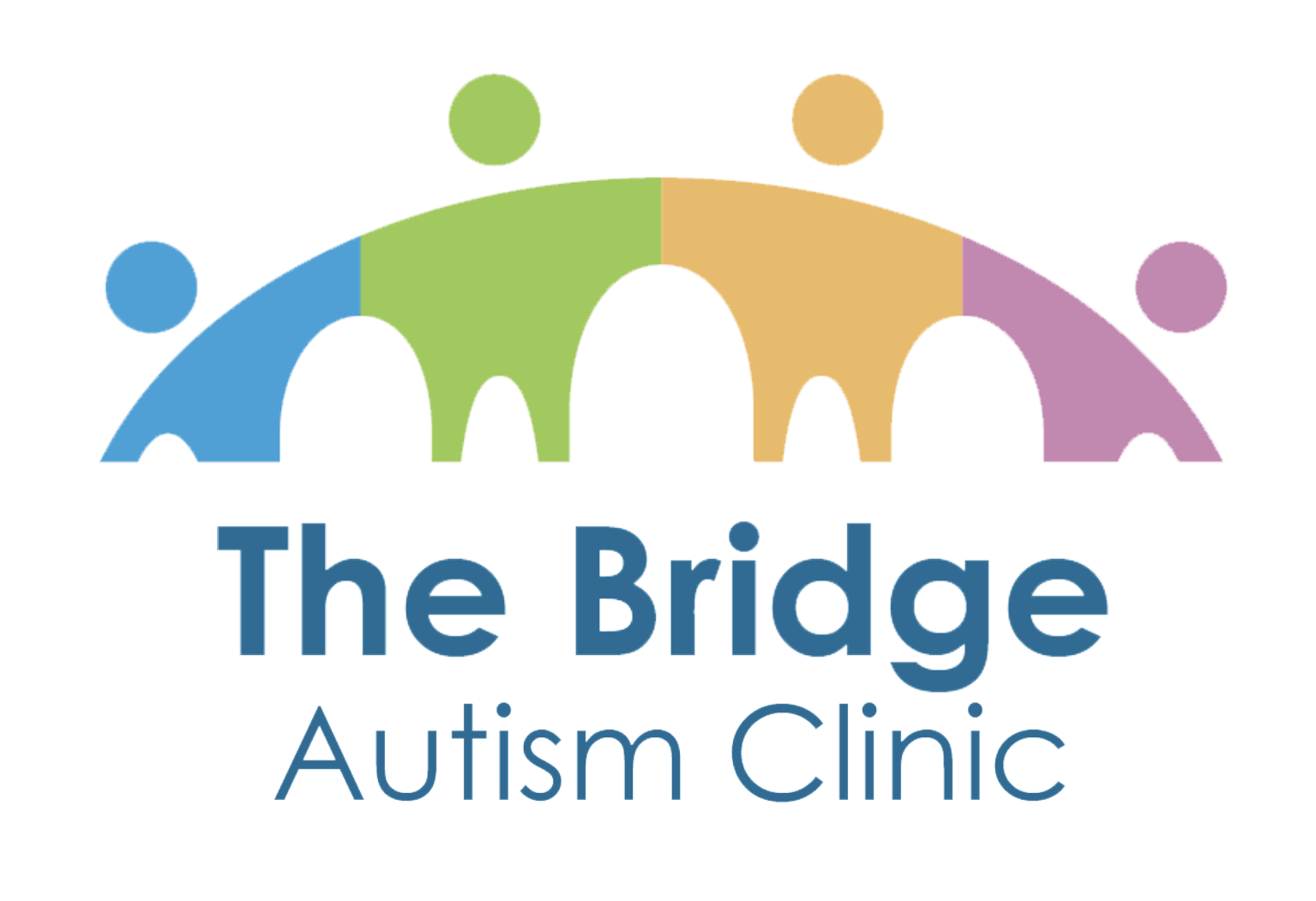

Blog
Bridging the Gap
Applied Behavior Analysis (ABA) is a widely respected approach for improving the lives of children with autism and developmental disabilities. Through personalized interventions, ABA helps these children acquire essential life skills, improve social interactions, and enhance communication abilities. Our blog, Bridging the Gap, will explore key ABA interventions, providing a comprehensive understanding for parents and educators.
The Importance of Early Intervention for Children with Developmental Delays

When it comes to a child's development, timely support makes all the difference. Early intervention is critical for children who exhibit developmental delays or behavioral challenges. By identifying and addressing these issues early on, we can pave the way for more effective learning, improved communication, and enhanced social skills. This blog explores why early intervention matters and how Applied Behavior Analysis (ABA) techniques can offer significant benefits when implemented at a young age.
What is Early Intervention?
Early intervention refers to the services and supports provided to young children who are at risk of developmental delays or have been diagnosed with developmental disabilities. These services aim to help children develop essential skills during their formative years, offering a robust foundation for future growth. Services can include speech therapy, occupational therapy, physical therapy, and ABA techniques, among others.
Why Early Intervention is Crucial
1. Enhanced Learning Opportunities:
Early intervention programs are designed to optimize a child's learning environment. By engaging children in structured activities at a young age, we can promote cognitive development and academic readiness, setting the stage for lifelong learning.
2. Improved Communication Skills:
Many children with developmental delays struggle with communication. Early intervention, particularly through ABA techniques, can help these children develop the skills they need to express themselves, understand others, and engage in meaningful interactions.
3. Better Social Skills:
Social interactions are a vital part of a child's development. Early intervention programs often incorporate activities that enhance social skills, helping children build relationships and interact more effectively with their peers and adults.
How ABA Techniques Can Help
ABA (Applied Behavior Analysis) is a scientifically validated approach to understanding behavior and how it is affected by the environment. ABA techniques are particularly effective for children with developmental delays or behavioral challenges.
Key ABA Techniques
1. Positive Reinforcement:
Positive reinforcement involves rewarding a child for displaying desirable behaviors, encouraging them to repeat those behaviors in the future. This technique can be highly effective in promoting positive developmental outcomes.
2. Task Analysis:
Task analysis breaks down complex tasks into smaller, manageable steps. This approach makes it easier for children to learn and master new skills, one step at a time.
3. Modeling:
Modeling involves demonstrating a behavior for a child to imitate. By showing children how to perform specific tasks or interact socially, we can help them learn more effectively.
Taking the Next Step
If you have concerns about your child's development or behavior, it's essential to act sooner rather than later. Early intervention can make a world of difference in your child's life.
Contact a Specialist:
If you're concerned about your child's development, reach out to a qualified early intervention specialist for an assessment. Early diagnosis and support can significantly impact your child's future success.
Share the Knowledge:
Spread the word about the importance of early intervention by sharing this post with other parents, caregivers, and educators. Together, we can raise awareness and ensure more children receive the support they need.
Stay Informed:
Subscribe to our newsletter for more tips and information on child development and early intervention strategies. Stay connected and continue to empower yourself with the knowledge to support your child's growth.
Early intervention is not just a service; it's a critical investment in a child's future. By addressing developmental delays and behavioral challenges early, we can provide children with the tools they need to thrive. Don't wait—take action today to support your child's development and unlock their full potential.
The insights and strategies discussed regarding Functional Communication Training (FCT) are grounded in research and practices from Applied Behavior Analysis (ABA) therapy. For further reading and detailed understanding, consider the following sources:
- National Early Childhood Technical Assistance Center. (2015). Early Intervention: A Shared Responsibility. Retrieved from http://ectacenter.org
- Centers for Disease Control and Prevention. (2021). Developmental Monitoring and Screening. Retrieved from https://www.cdc.gov/ncbddd/childdevelopment/screening.html
- American Academy of Pediatrics. (2019). The Importance of Early Intervention. Pediatrics, 143(2). Retrieved from [https://pediatrics.aappublications.org/content/143/2/e20183862](https://pediatrics.aappublications.org/content/143/2/e20183862)
- Zero to Three. (2020). Early Intervention and Young Children: The Importance of the Early Years. Retrieved from https://www.zerotothree.org/resources/series/early-intervention
- U.S. Department of Education. (2017). A Guide to the Individualized Family Service Plan. Retrieved from https://sites.ed.gov/idea/files/ifsp_guide_2020.pdf
These texts outline effective approaches to enhancing communication skills in children with autism and provide valuable techniques for parents and therapists alike.
Exploring ABA Teaching Styles: Functional Communication Training (FCT)

Functional Communication Training (FCT) is a pivotal tool in the realm of Applied Behavior Analysis (ABA). It offers a structured approach to improve communication for individuals with limited verbal skills. This blog post will explore FCT, its application in daily life, and address common challenges faced by parents and ABA therapists.
What is Functional Communication Training (FCT)?
Functional Communication Training (FCT) is designed to replace problematic behaviors with meaningful communication alternatives. It helps children with autism and other communication difficulties express their needs in a socially acceptable manner. FCT can involve various communication methods, such as:
- Picture Exchange Systems (PECS)
- Sign Language
- Speech-generating Devices
By teaching these alternative methods, FCT aims to provide individuals with effective ways to communicate, which can significantly reduce the occurrence of challenging behaviors.
Teaching Alternative Communication Methods
The core of FCT lies in identifying a functional equivalent to problematic behaviors. Here’s how you can get started:
Step 1: Identify the Problem Behavior
Understand what the child is trying to communicate through their behavior. For example, a child might throw tantrums to gain attention.
Step 2: Determine the Communication Method
Select an appropriate alternative communication method. This could be:
- Hand Signs: Simple gestures to convey needs.
- Communication Devices: Tools like speech-generating devices that help articulate words or phrases.
- Picture Exchange Systems: Using images to represent words or requests.
Step 3: Teach the Alternative Method
Consistently teach the chosen communication method in a structured environment. For instance, if a child is taught to use a hand sign to request attention, ensure that this sign is consistently reinforced by all caregivers.
Step 4: Reinforce Positive Behavior
Whenever the child uses the alternative communication method, provide immediate positive reinforcement to encourage repetition.
Incorporating FCT in Daily Life
Routine Activities
Incorporate communication training into regular activities like dressing up, bedtime routines, or while riding in the car. Consistent practice across various settings reinforces learning and encourages spontaneous use. Integrating FCT into daily routines can significantly enhance a child's communication skills. Here are some practical ways to incorporate FCT into everyday activities:
- Mealtime
- Encourage the use of communication aids to request food items or express preferences. For example, a child can use a picture card to ask for their favorite dish.
- Playtime
- Introduce communication devices or signs to facilitate play interactions. This can help the child learn to request toys or invite others to join their play.
Common Challenges in Implementing FCT
While FCT is highly effective, it comes with its own set of challenges:
Resistance from the Child
Children may resist learning new communication methods. Patience and gradual introduction of the new method can help ease this transition.
Difficulty in Identifying Functional Alternatives
Finding the most appropriate communication method can be challenging. It's essential to tailor the approach based on the child's individual needs and abilities.
Consistency Across Environments
Ensuring consistent use of FCT across different settings and caregivers can be difficult. Coordination among caregivers and routine practice is crucial for success.
Measuring Progress
Tracking progress and knowing when to transition to more advanced communication methods can be complex. Regular assessments by ABA therapists can help determine the child's progress and next steps.
Conclusion
Functional Communication Training (FCT) is a powerful strategy for enhancing communication skills in children with autism. By teaching alternative communication methods and incorporating them into daily life, parents and ABA therapists can make significant strides in reducing problematic behaviors and improving overall communication.
Ready to explore more about ABA teaching styles? Book a call with one of our expert ABA therapists today and take the first step toward empowering your child's communication skills.
The insights and strategies discussed regarding Functional Communication Training (FCT) are grounded in research and practices from Applied Behavior Analysis (ABA) therapy. For further reading and detailed understanding, consider the following sources:
- Goldstein, H. (2002). “Functional Communication Training: A Handbook for Educators.”
- Carr, E. G., & Durand, V. M. (1985). "The Social-Communicative Function of Problem Behavior: A Practical Approach to Assessment and Intervention."
- Koegel, R. L., & Koegel, L. K. (2006). "Pivotal Response Treatments for Autism: Communication, Social, and Academic Development."
These texts outline effective approaches to enhancing communication skills in children with autism and provide valuable techniques for parents and therapists alike.